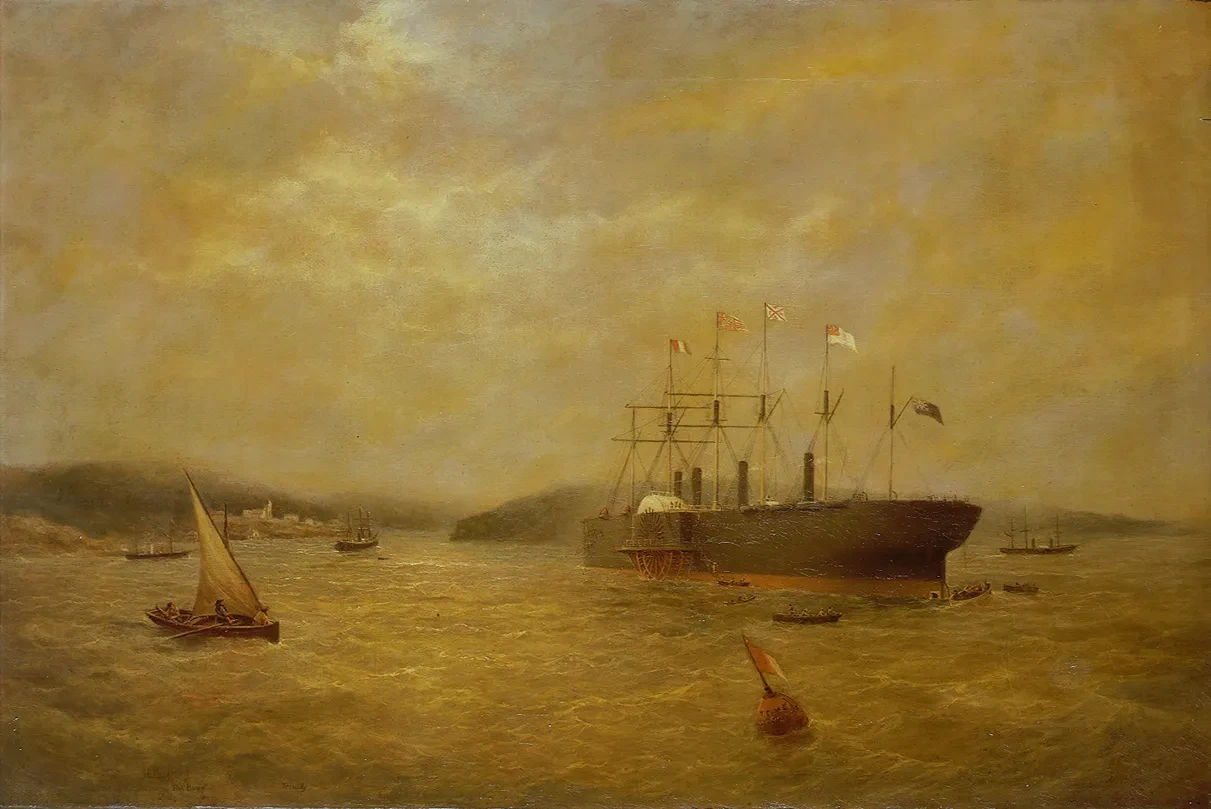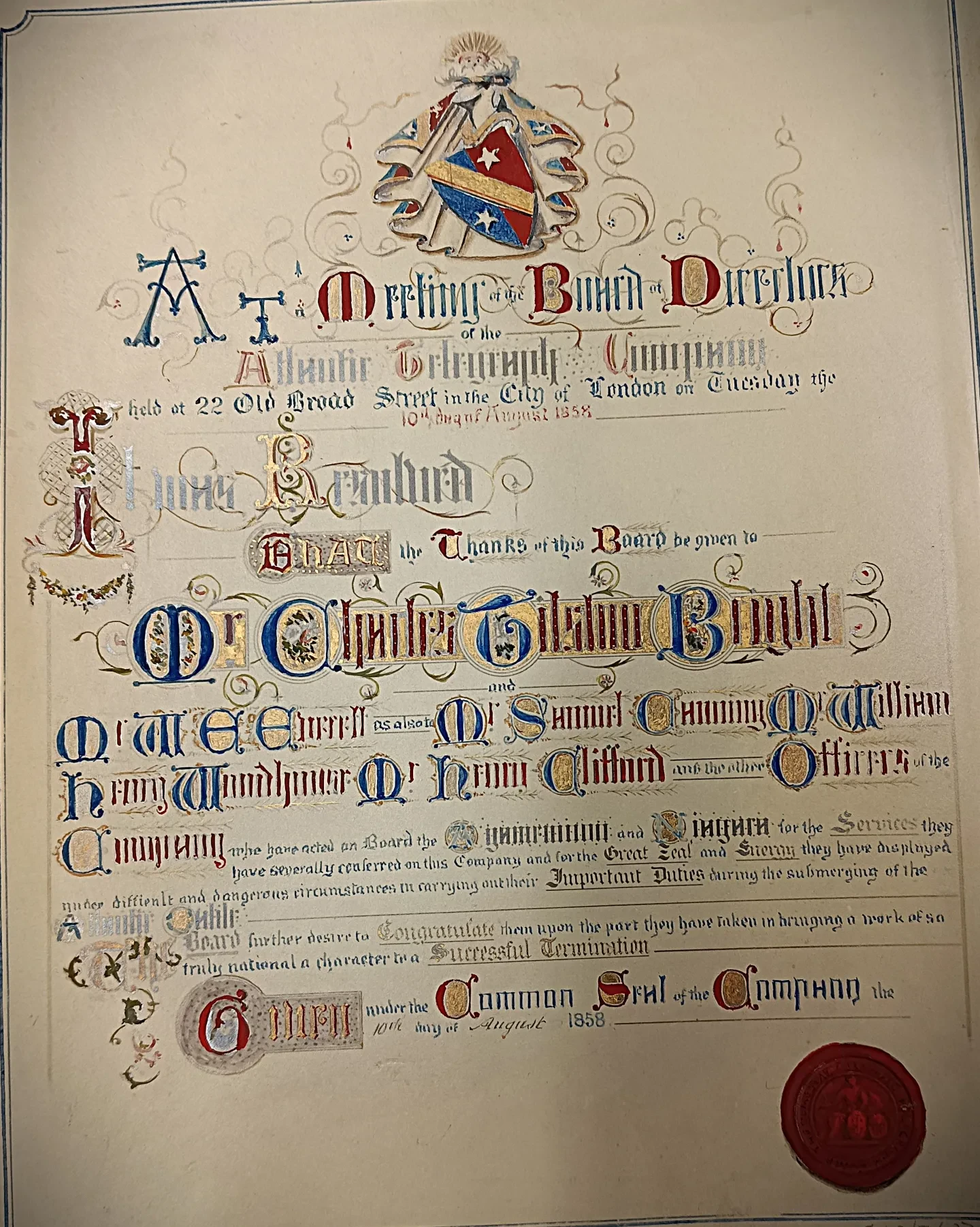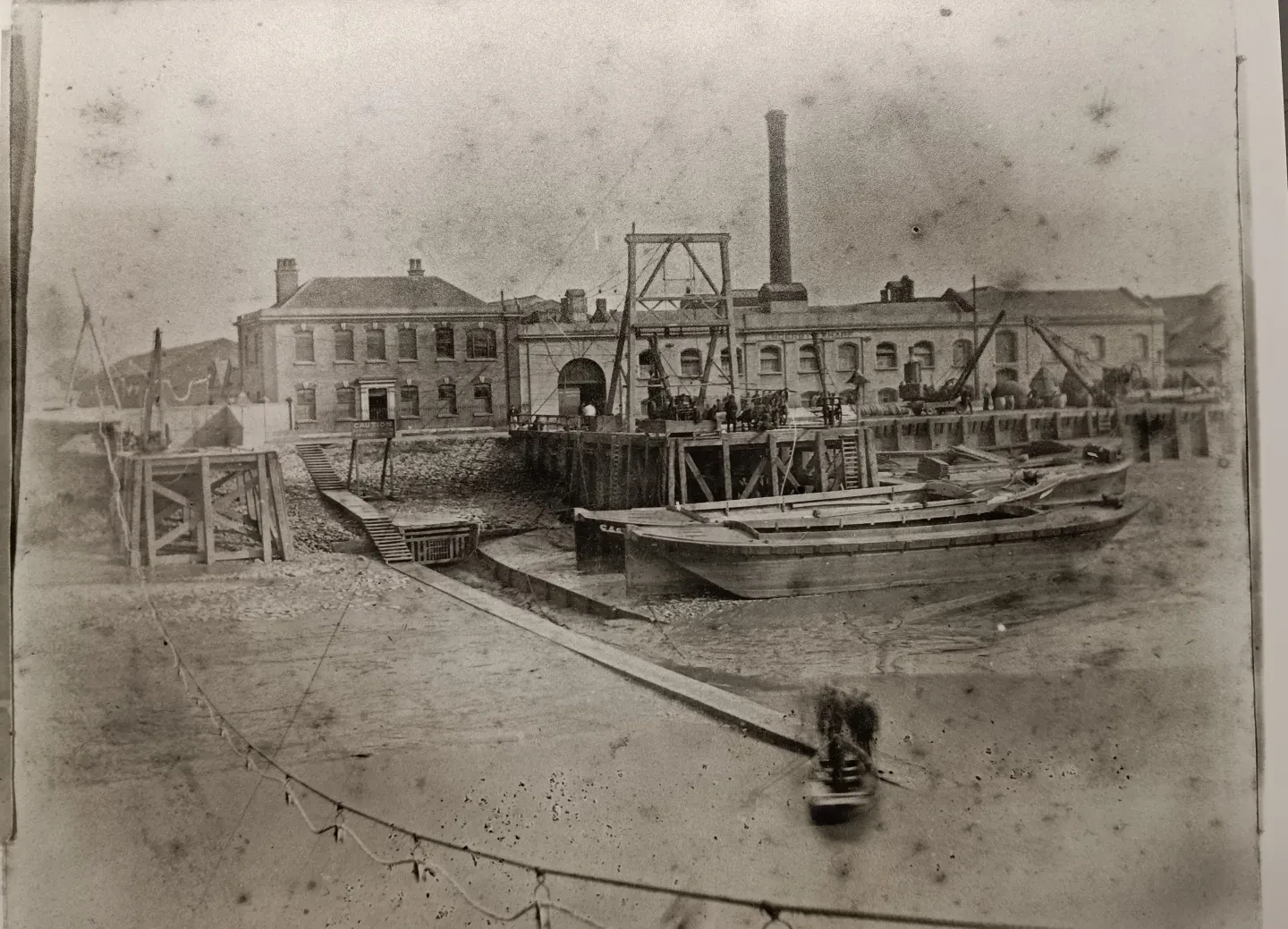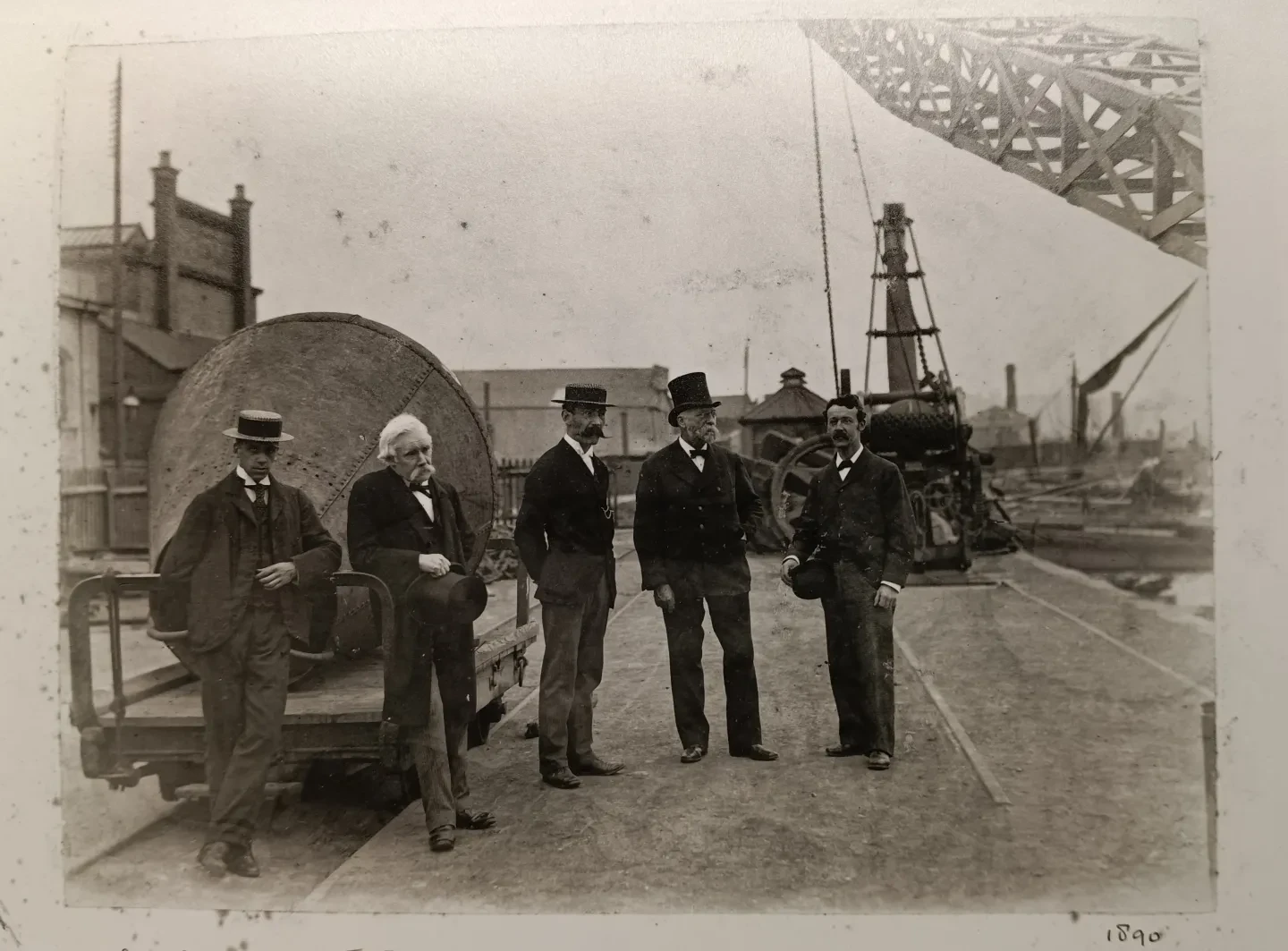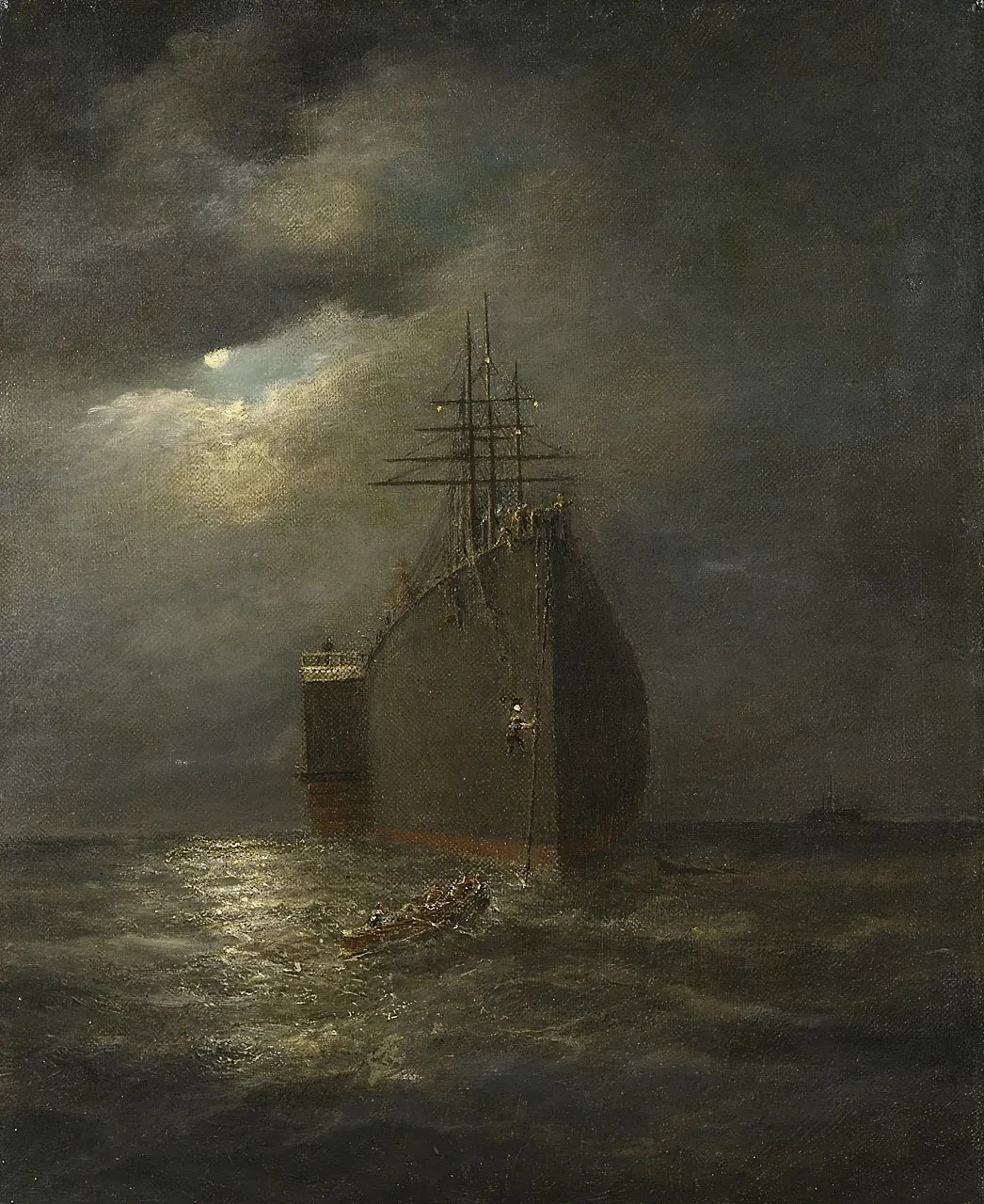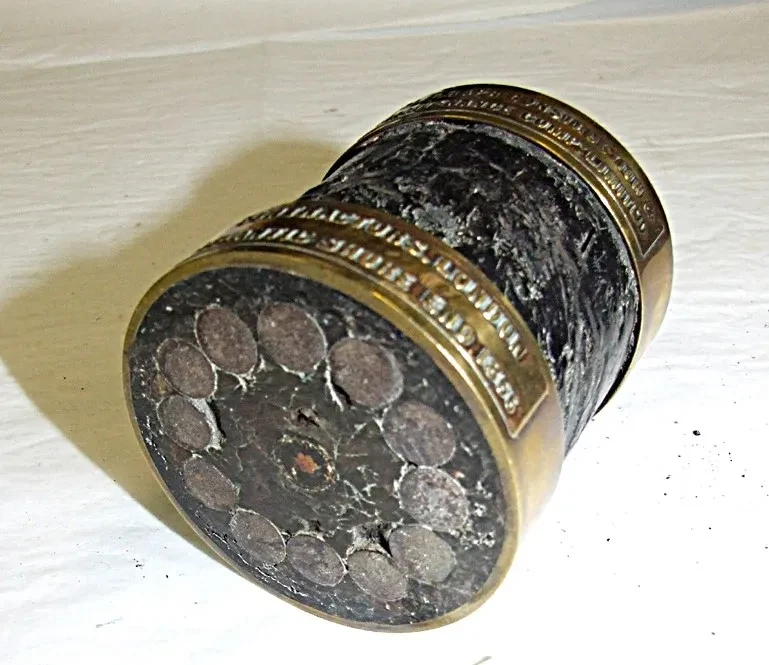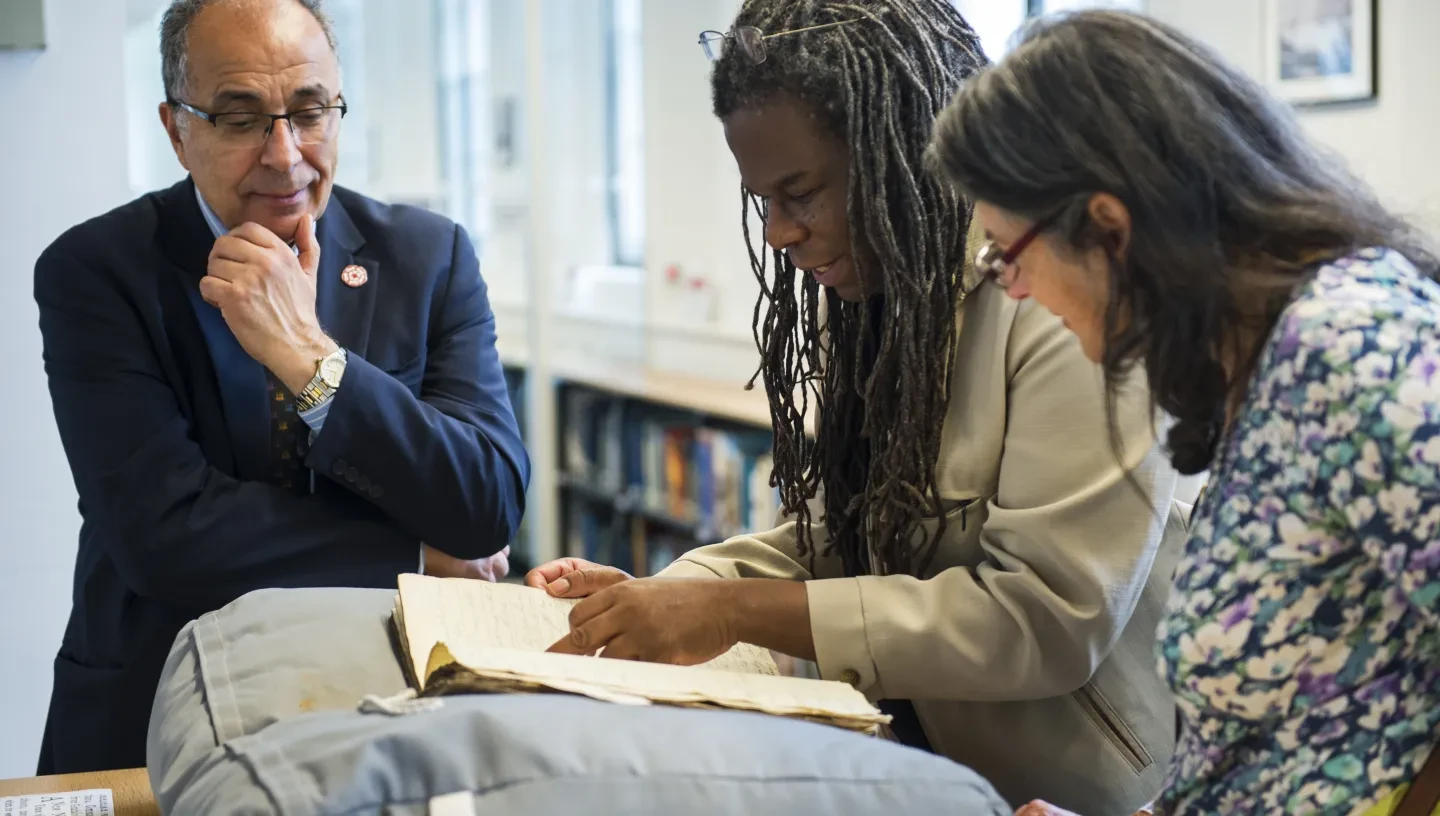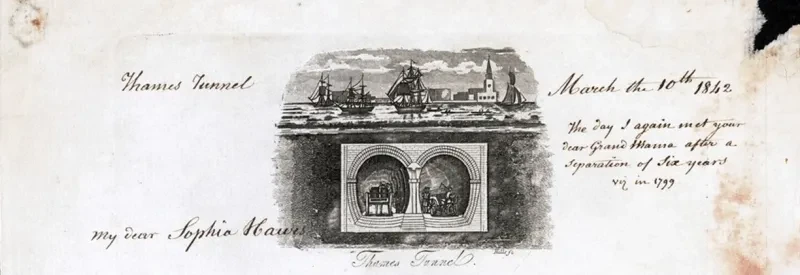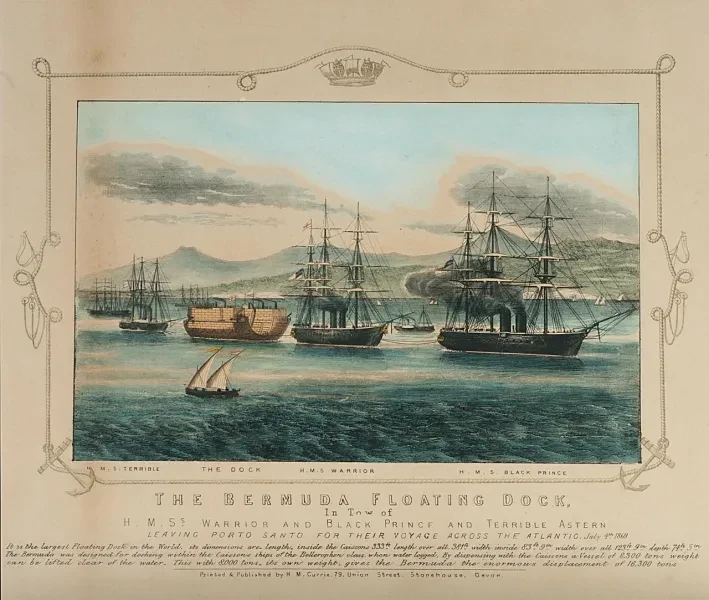
Despite art being his first love, Henry Clifford went on to play a key role in the pioneering transatlantic cable-laying expeditions of the nineteenth century.
The Caird Library and Archive holds a recently catalogued collection of personal papers from the engineer and maritime artist Henry Clifford. The collection includes correspondence, diaries, artworks and photographs from his personal and professional life.
For most of his career he worked for the Telegraph Construction and Maintenance Company as an undersea cable-laying expert, but his personal papers, especially the letters he exchanged with his father, reveal a long-held desire to be an artist rather than an engineer.
Early life
Henry Clifford was born in 1821 in Hull, the son of corn merchant William Clifford. Despite Henry’s artistic ambitions, his father encouraged him to pursue a more practical trade, and in 1838 he took up an engineering apprenticeship in Aberdeen.
One letter he wrote to his father when he was 23 highlights his lack of enthusiasm for the engineering profession, but a lack of confidence about changing course:
…as long as I am at it, I will attend to it, as much as I can, but if it is not advantageous for me to continue in it, I must think no more of it, but try to make the best of a bad job – though I shall be loath to lay it aside after the time I have spent on it. Also, I am so unfit for anything else.
Henry Clifford
During the 1840s, Henry returned to Hull and went into partnership with two other men to form a shipbuilding business into which his father invested £12,000. However, one of the partners, Thomas Brown, embezzled from the company in order to pay off personal debts, causing its collapse.
By the age of 30, Clifford was still drifting, not having secured a steady engineering job and still harbouring ambitions of becoming a full-time artist. However, a letter from his father, dated 20 July 1851 (RMG ID: CLF/2/1), makes it clear he thought his son should abandon his artistic dreams once and for all: ‘My idea of painting is this – that your time as a Portrait Painter has gone by…. I fear your commencing in the Fine Arts is now late in the Day’.
However, the letter also reveals a twinge of paternal regret for not allowing his son to pursue his artistic ambitions, both for his son's happiness and his own bank balance:
If instead of going to Aberdeen you had gone to London, and commenced there, it would have been a good thing for us all, as we should neither have known Brown … and I should probably have now plenty of money in my pocket, and you would, I have no doubt, succeeded in what you appear to have taken the most delight in.…
William Clifford
His father concluded: ‘So, my dear Henry, you must really look about you, and I hope something will turn out for you to make a good living.’
Cable engineer
The father’s hopes for his son materialised with the help of the telegraph engineer Charles Tilston Bright. Henry and Charles were acquainted, having a familial link through marriage. The precise connection is explained in a family history volume included in this collection, compiled by Henry Clifford’s grandson Henry Dalton Clifford (RMG ID: CLF/1).
Bright was precocious and, unlike Clifford, laser-focused on his chosen profession. In 1856, aged just 24, he became one of the co-founders of the Atlantic Telegraph Company, which was established to lay an undersea telegraph cable between Europe and North America. Bright appointed Clifford, who at 35 was over a decade older than him, as his Chief Assistant Engineer.
The process of laying a transatlantic telegraph cable involved placing a length of cable on two ships which would head to the middle of the ocean. The two cable ends were then spliced together, and the ships would head in opposite directions, one to Europe and the other to America, while the cable was lowered or ‘paid out’ into the sea to rest on the seabed.
Clifford was involved in the design and construction of the cable paying-out machinery. The first expedition in August 1857 failed when the cable snapped, and the second in June 1858 was abandoned due to stormy weather. However, a third attempt later that same summer successfully laid cable connecting Trinity Bay in Newfoundland with Valentia in Ireland.
This was a momentous occasion, celebrated on both sides of the Atlantic. Queen Victoria and US President James Buchanan exchanged congratulatory messages via the cable, and Charles Bright received a knighthood at the tender age of 26. However, the cable did not last long and had stopped working by October 1858.
In 1864, the Telegraph Construction and Maintenance Company (which would become known as Telcon) was established with the aim of manufacturing a more durable transatlantic undersea cable. Henry Clifford joined the company from the outset and would remain there until the end of his career. He was initially employed as an engineer, and was promoted to Engineer-in-Chief in 1871. He held this role until 1893, when he resigned and was appointed Consulting Engineer.
The cables were manufactured in factories located at Morden Wharf and Enderby’s Wharf by the Thames in East Greenwich. At one point Clifford lived on Park Row in Greenwich, near to these factories and just a stone’s throw away from the current site of the National Maritime Museum (which would have been occupied by the Royal Hospital School at that time).
A cable-laying expedition by Telcon in July 1865 ended in failure when the cable broke and could not be recovered. However, a further attempt a year later in July 1866 was successful and established a lasting connection between Europe and North America.
Maritime artist
Through his employment with the Atlantic Telegraph Company and Telcon, Henry Clifford would establish himself as a successful and well-respected engineer in a burgeoning industry. However, he still found a way to indulge his love of art, and painted several maritime scenes of the cable-laying expeditions he was involved in.
Clifford’s personal papers include some copies of his artworks (see CLF/10/3 and CLF/10/4), and there are also examples of his work in the Museum’s art collection. Several of his paintings depict the SS Great Eastern, the mammoth steamship designed by Isambard Kingdom Brunel which was used in the cable-laying expeditions of 1865 and 1866, among others.
Henry Clifford died on 18 May 1905 in Blackheath, aged 84.
Museum collections
There is a good deal of material on this subject to be found in the collections of the Caird Library and Archive. The library has several books about telegraph cables, and the archives contain numerous related manuscripts, including the business records of the Telegraph Construction and Maintenance Company, and the logbook kept by the commander of the SS Great Eastern during a cable-laying expedition in 1873.
The Museum also holds a variety of objects relating to the Atlantic telegraph cable including prints and drawings, charts, commemorative items such as medals and jugs, and even some examples of submarine cable made by Telcon at the time of the early cable-laying expeditions during the mid-nineteenth century.
